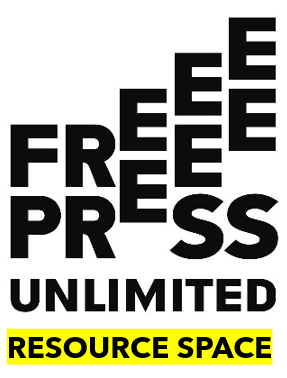Gender and Media Resource Guide
Media play an essential role in working towards gender equality in society. This Gender and Media Resource Guide is the place to find everything you need to promote gender equality in and through media, including:
- Gender equality in media content
- Gender equality in the media sector
- Campaigning and advocacy
- Gender mainstreaming
Each of the following sections presents practical tools and background information about gender and media, as well as examples of successful approaches.
Explore the following topics:
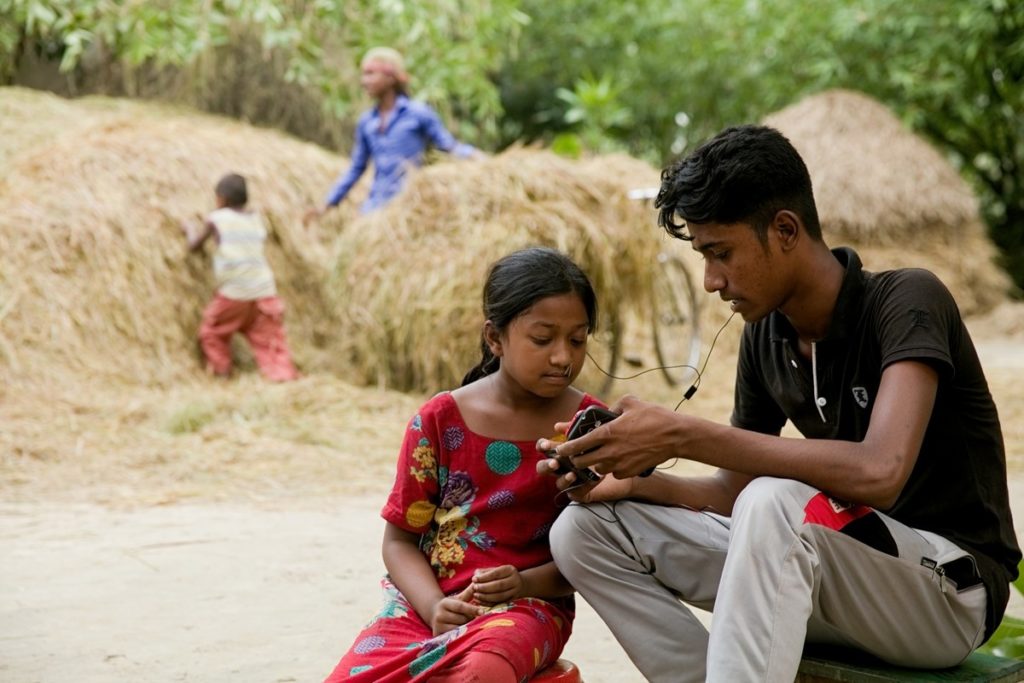
An introduction to basic gender concepts and information about why gender and media matter.
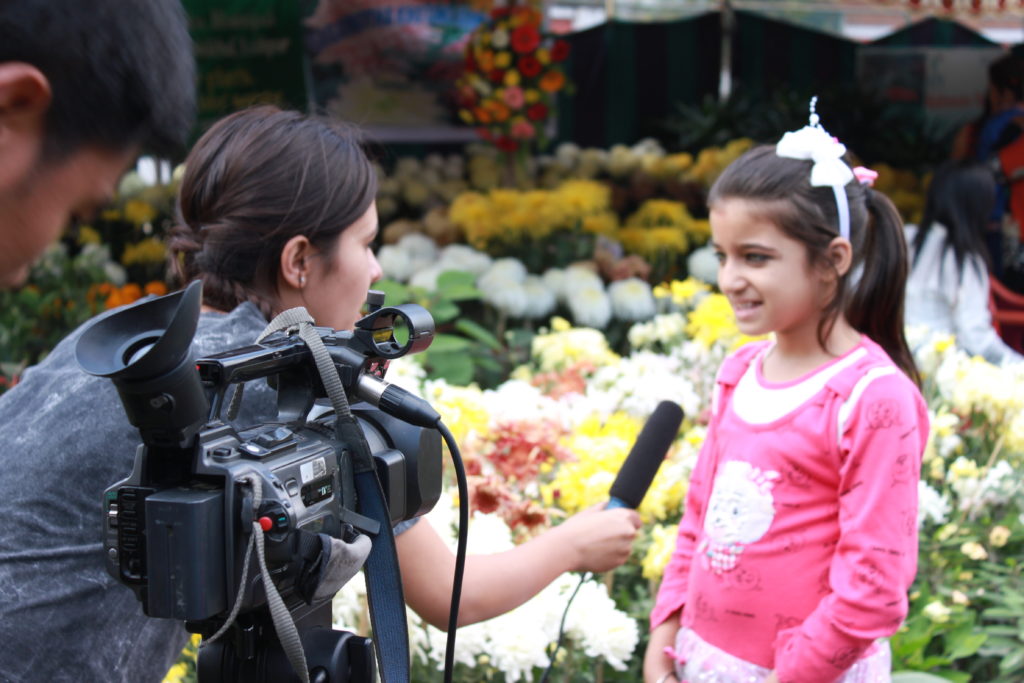
Gender equality in media content
Worldwide, women are underrepresented in media and often portrayed in stereotypical ways. There is an enormous potential for media to show a wider variety of roles and behaviors of people of all genders, thereby challenging gender inequalities and expanding the range of people society looks up to as role models.
Explore this section to find out about different strategies to promote gender equality in media content.
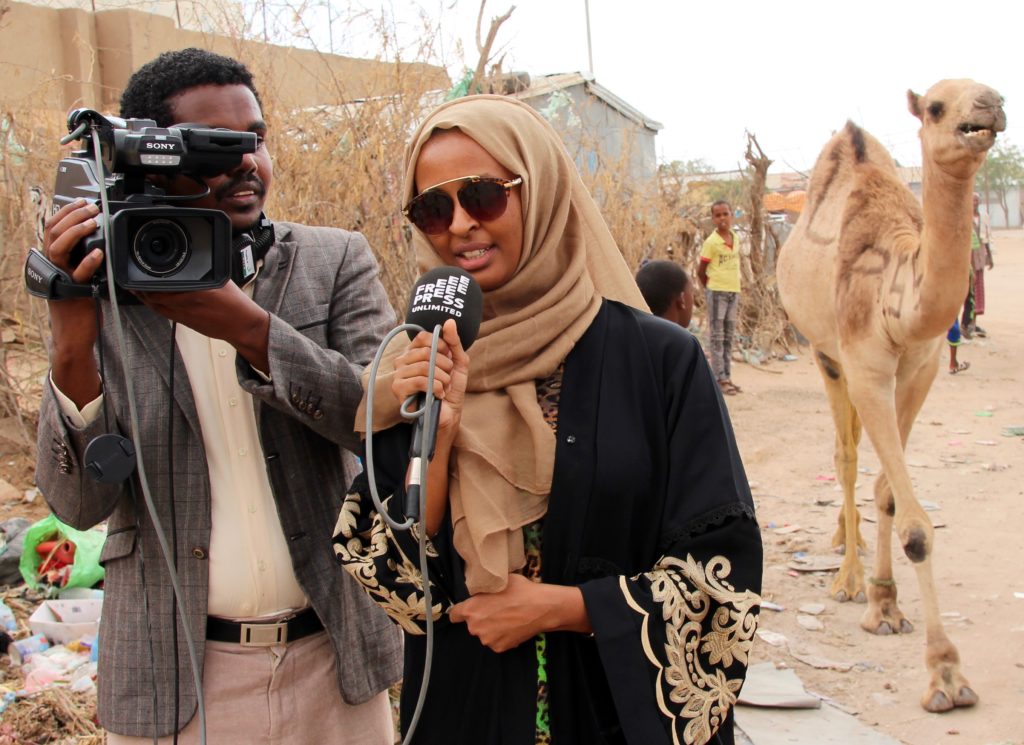
Gender equality in the media sector
Gender inequality is clearly visible in the media sector and journalism profession. Women are usually a minority in media organisations, especially in high-level and decision-making positions. Women journalists face unique barriers and safety risks.
Explore this section to find out more about different strategies related to gender in the media sector and workplace.
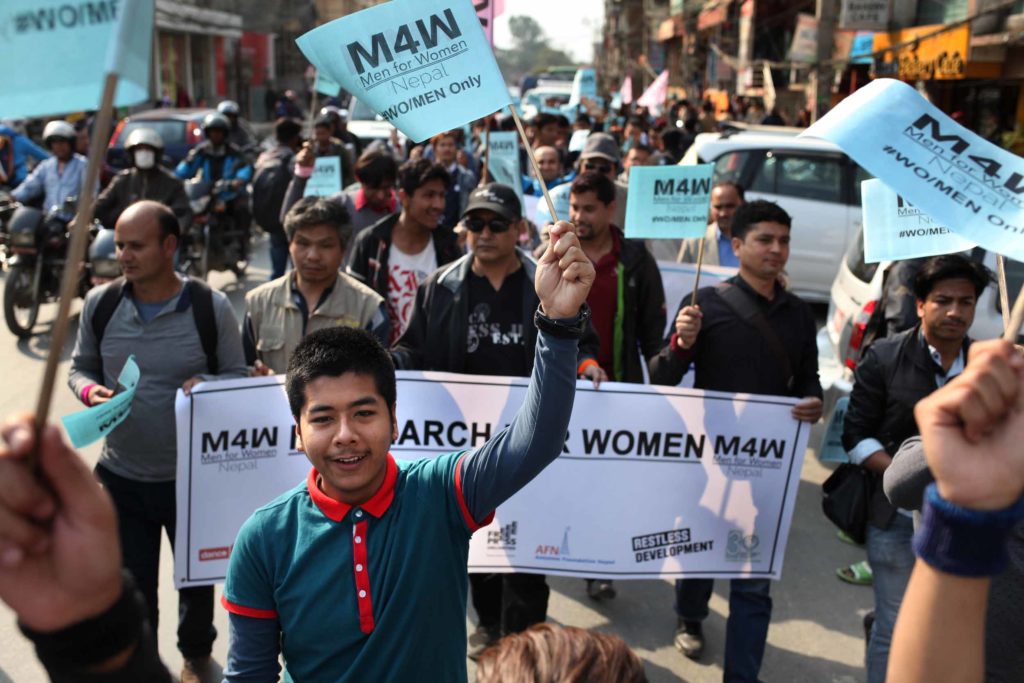
Campaigning and advocacy are crucial to achieving the legislative and policy environments necessary for gender equality in the media.
Explore this section to find out about different mechanisms and movements being used around the world.

When working on a media development project, it is crucial to mainstream gender within its design, implementation and evaluation.
Explore this section to find out how gender mainstreaming can address the concerns and needs of both men and women within every stage of the project cycle.
Evidence base: Gender equality
| Source | Year | Country | Organisation | Author |
|---|---|---|---|---|
| Media4Democracy – Developing Technical Assistance Packages for EU Delegations | 2018 | Global | Free Press Unlimited | Free Press Unlimited |
| Women Journalists and Freedom of Expression: Discrimination and gender-based violence faced by women journalists in the exercise of their profession | 2018 | Americas | Inter-American Commission on Human Rights | Lanza, E. |
| Paving the way for gender-sensitive reporting through taboo issues | 2018 | Democratic Republic of Congo | Free Press Unlimited | Free Press Unlimited |
| Evaluation of the BNNRC Fellowship Programme | 2018 | Bangladesh | Free Press Unlimited | Bednar D. and Gorter, A. |
| Changing female presence in the Nepali media | 2018 | Nepal | Free Press Unlimited | Raiu, I. |
| Internal Evaluation Indonesia Country Programme | 2018 | Indonesia | Free Press Unlimited | Free Press Unlimited |
| Safe haven from the trolls: A network for Pakistani women journalists | 2018 | Pakistan | Free Press Unlimited | Free Press Unlimited |
| Internal Evaluation Iraq Country Programme | 2018 | Iraq | Free Press Unlimited | Schoot Uiterkamp, T. |
| WINning strategies:Creating Stronger News Media Organizations by Increasing Gender Diversity | 2018 | Botswana, Colombia, Democratic Republic of Congo, Germany, India, Jordan, South Africa, United Kingdom, Zimbabwe | WAN-IFRA | Foster, M. & Gibbons, S. |
| Internal Evaluation Nepal Country Programme | 2018 | Nepal | Free Press Unlimited | Schoot Uiterkamp, T. |
| Girls’ Attitudes Survey | 2018 | United Kingdom | Girlguiding | Girlguiding |
| A Changing Asian Media: Assessing Challenges and Opportunities for Evolving Media in South and Southeast Asia | 2017 | South and Southeast Asia | International Media Support (IMS) | International Media Support (IMS) |
